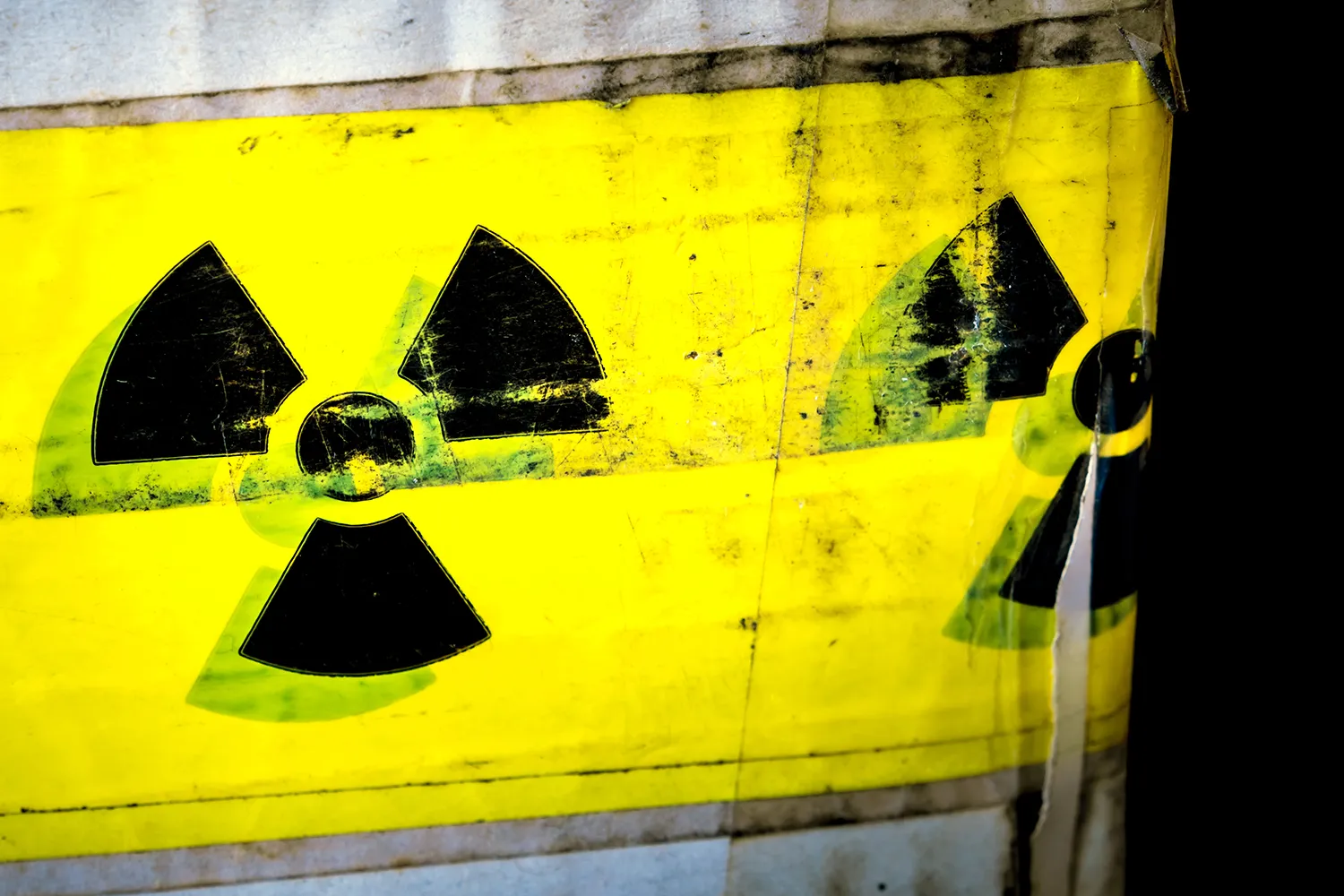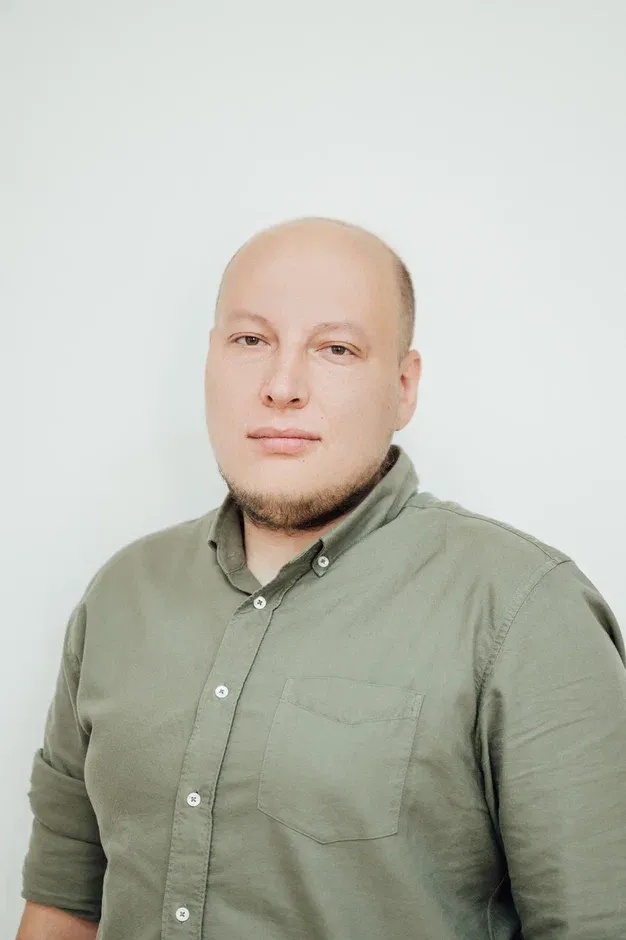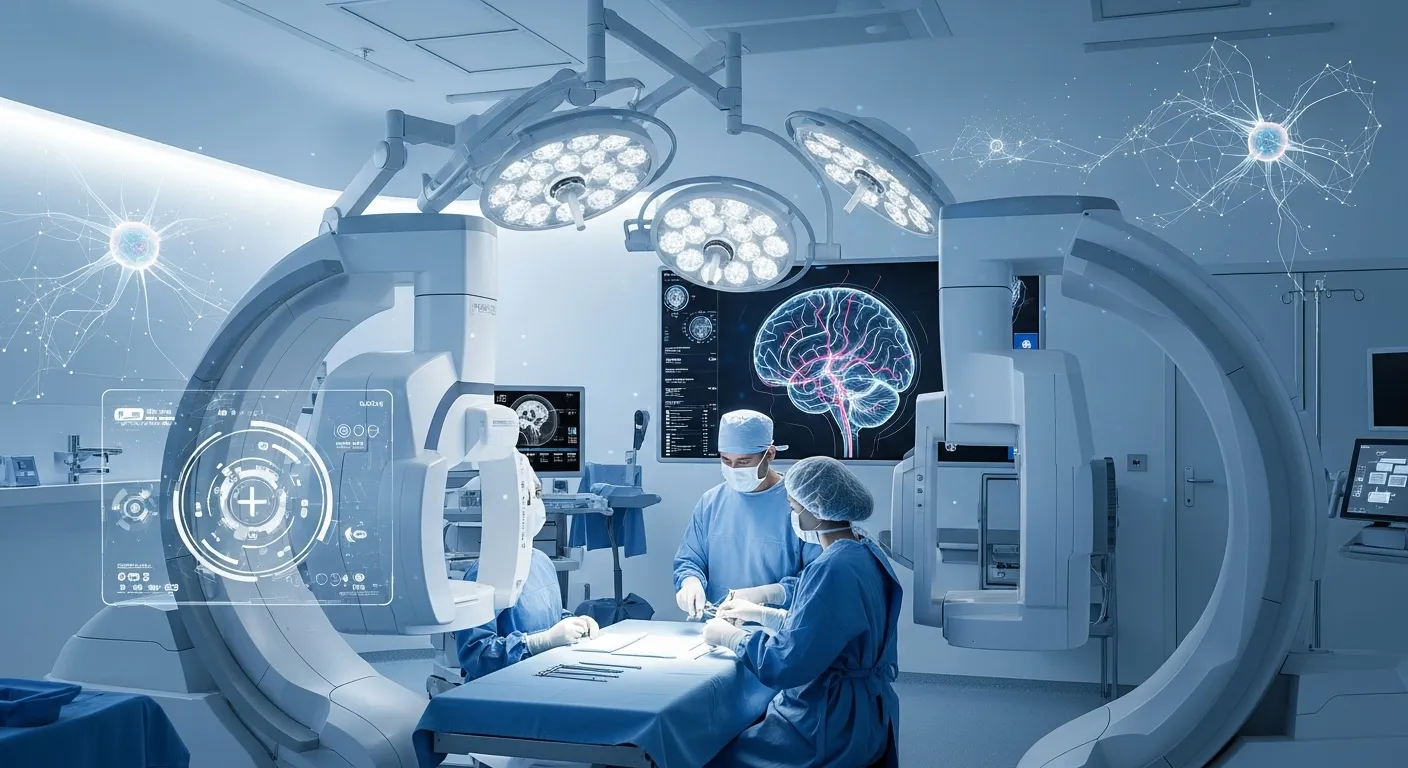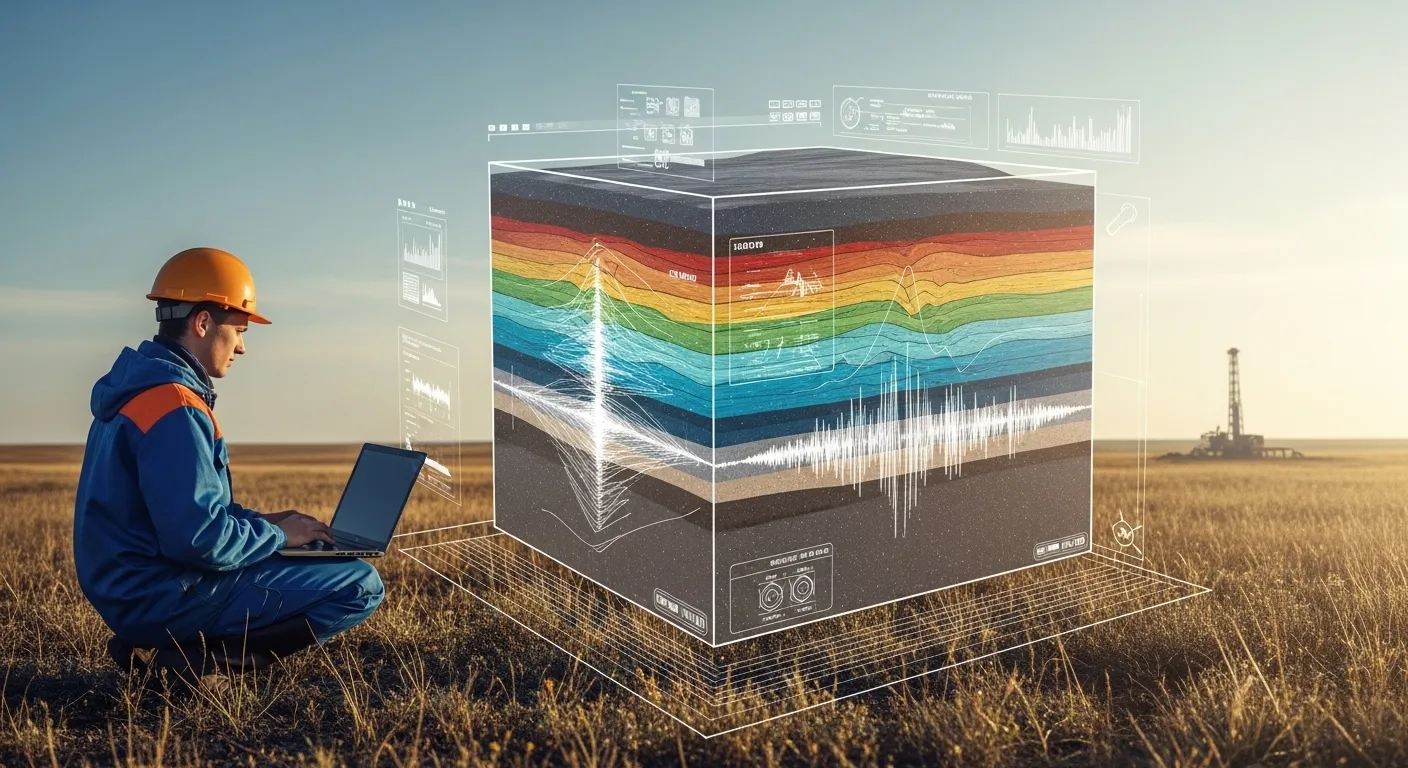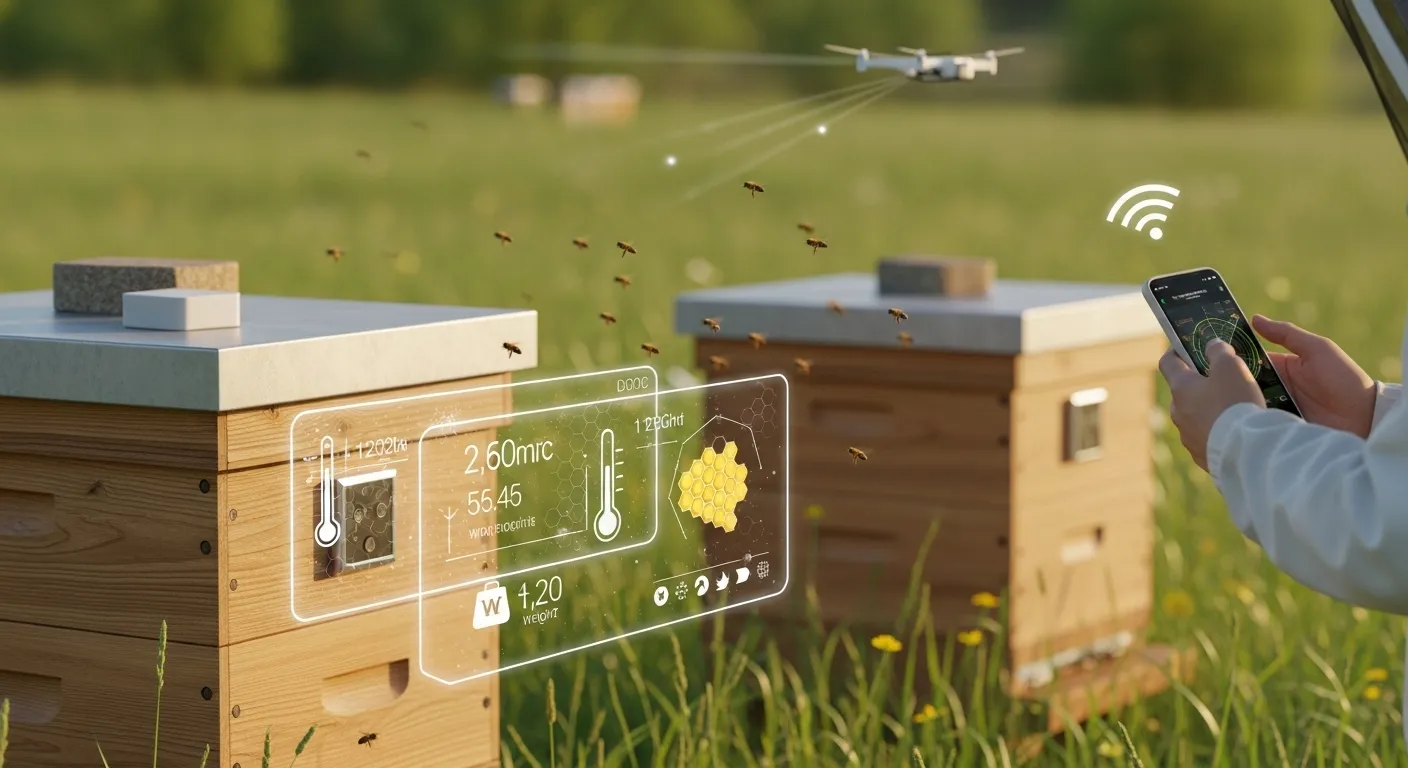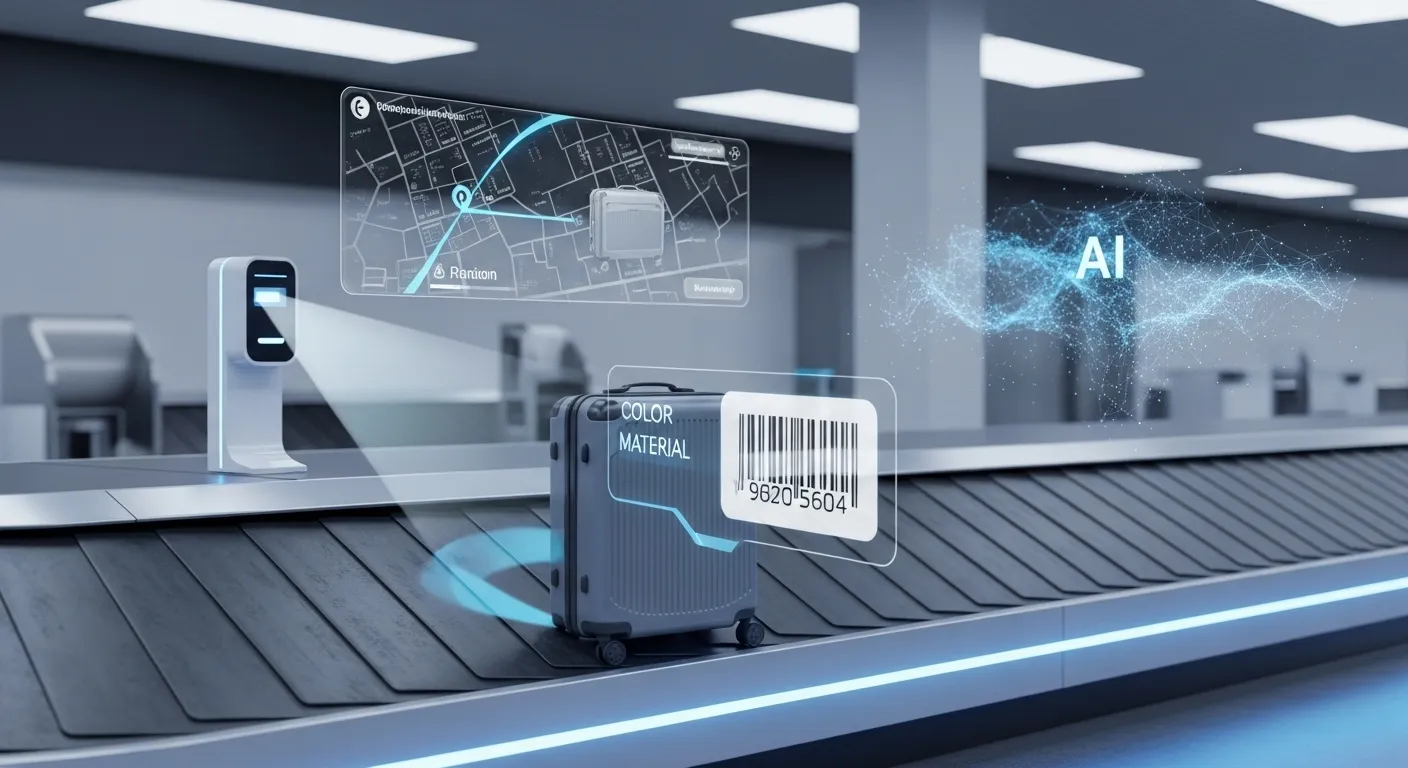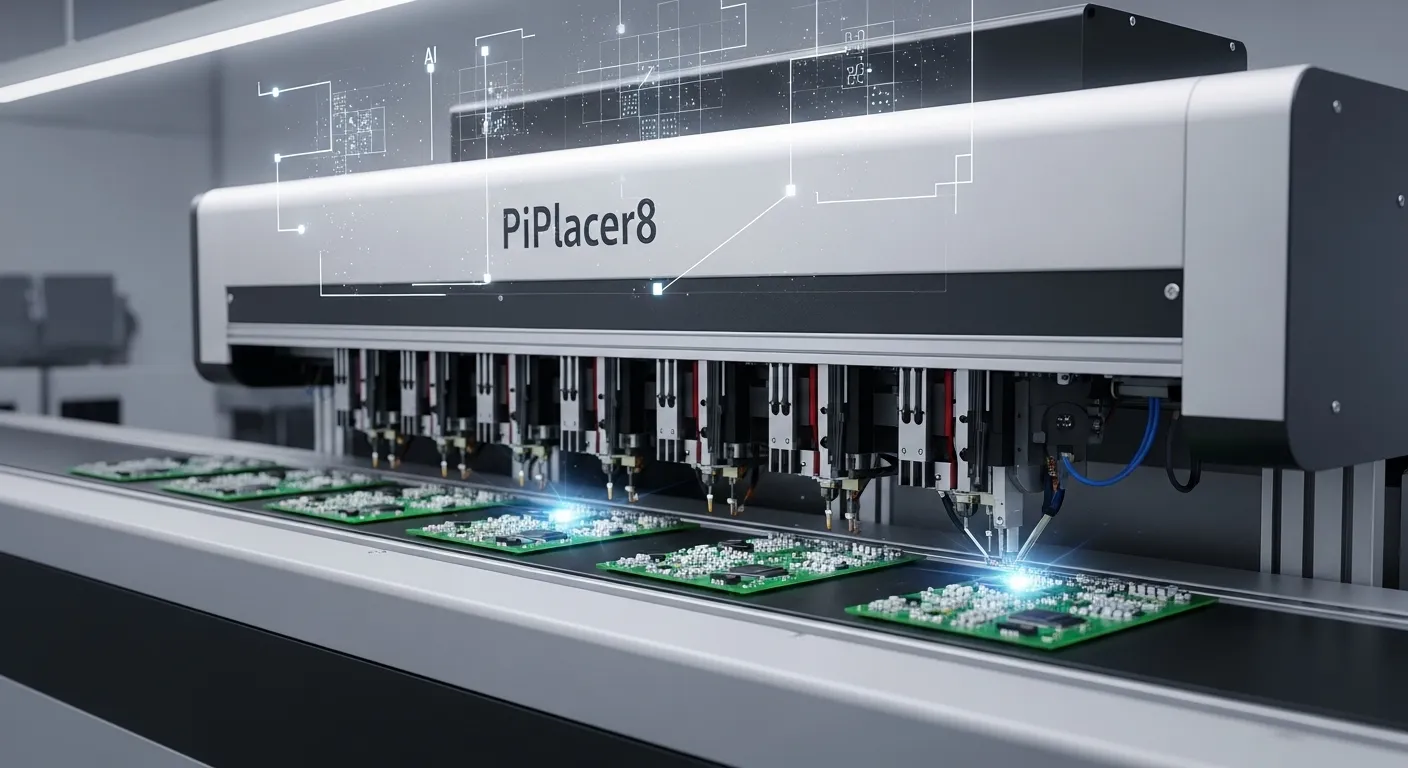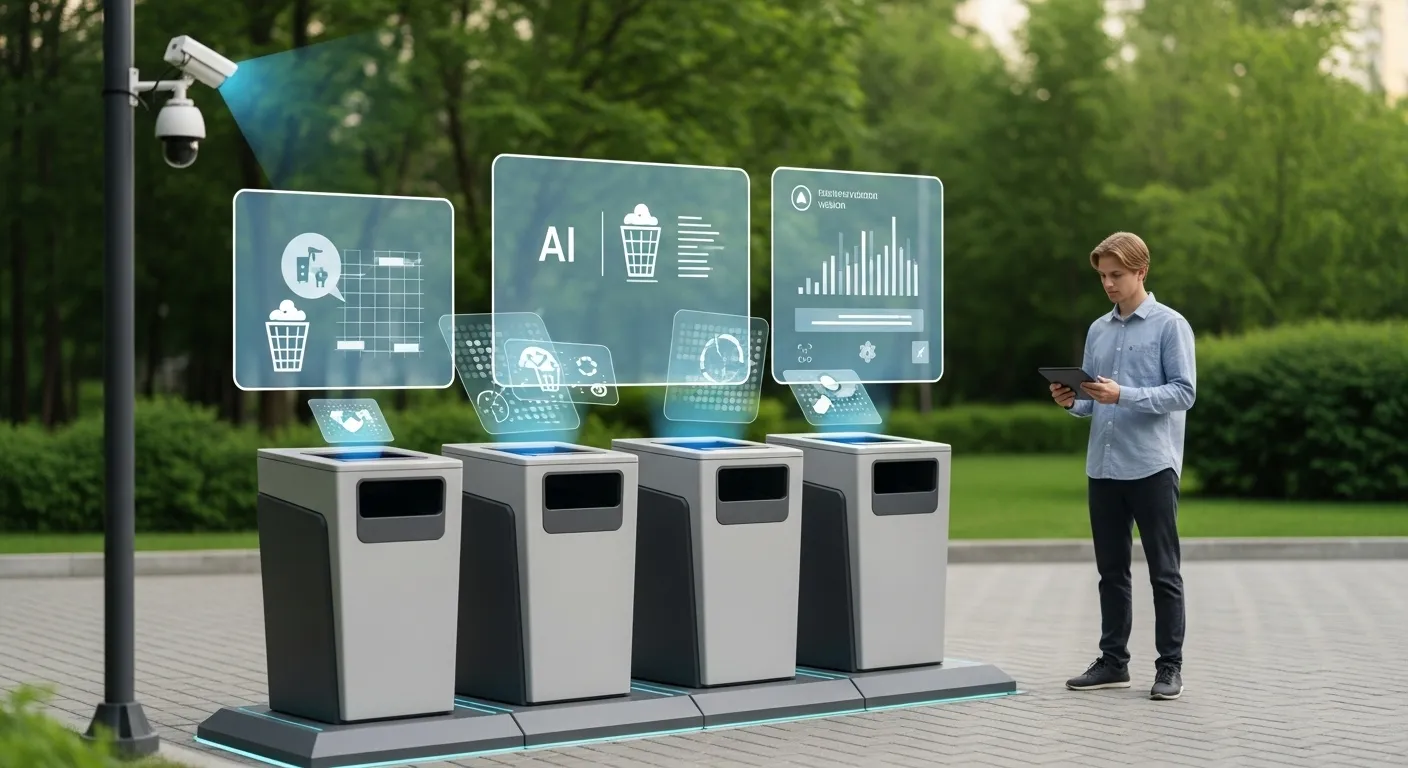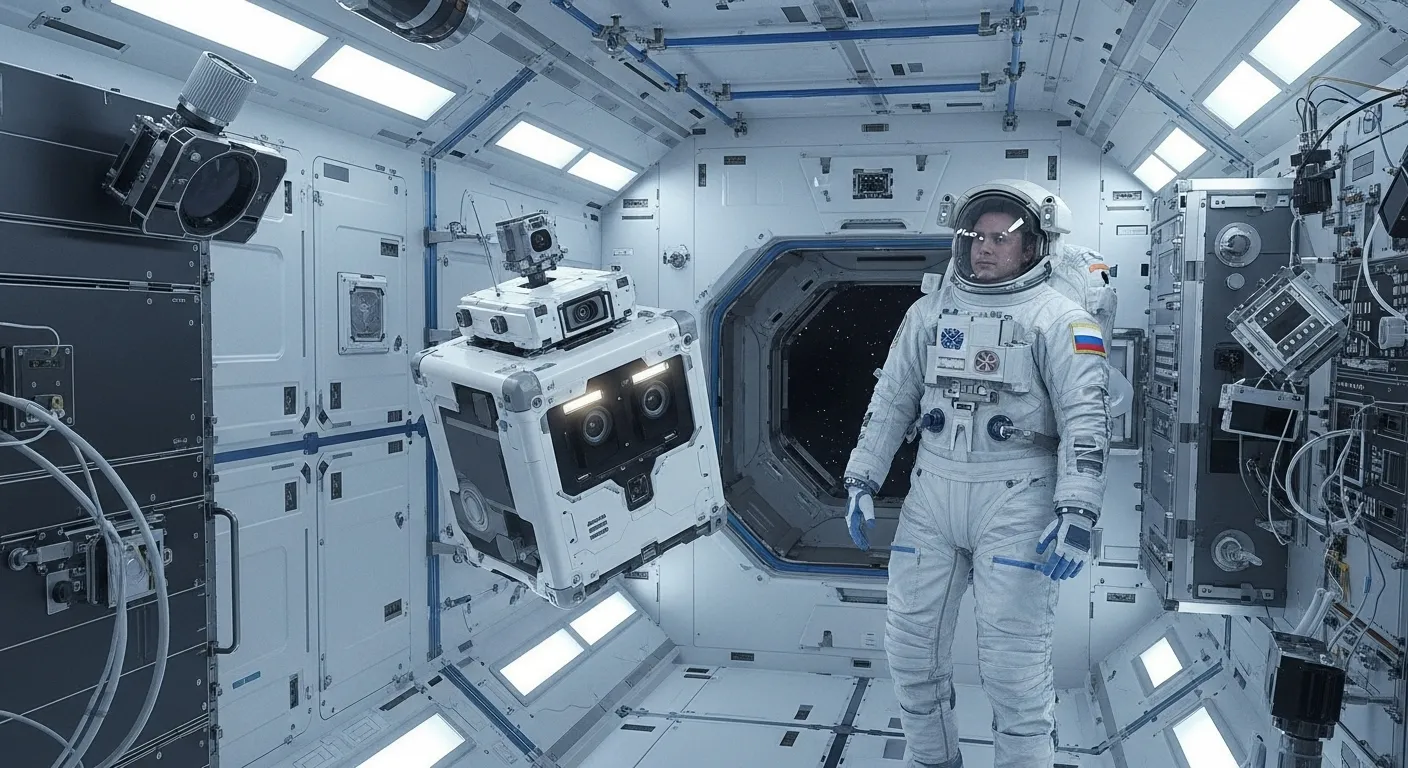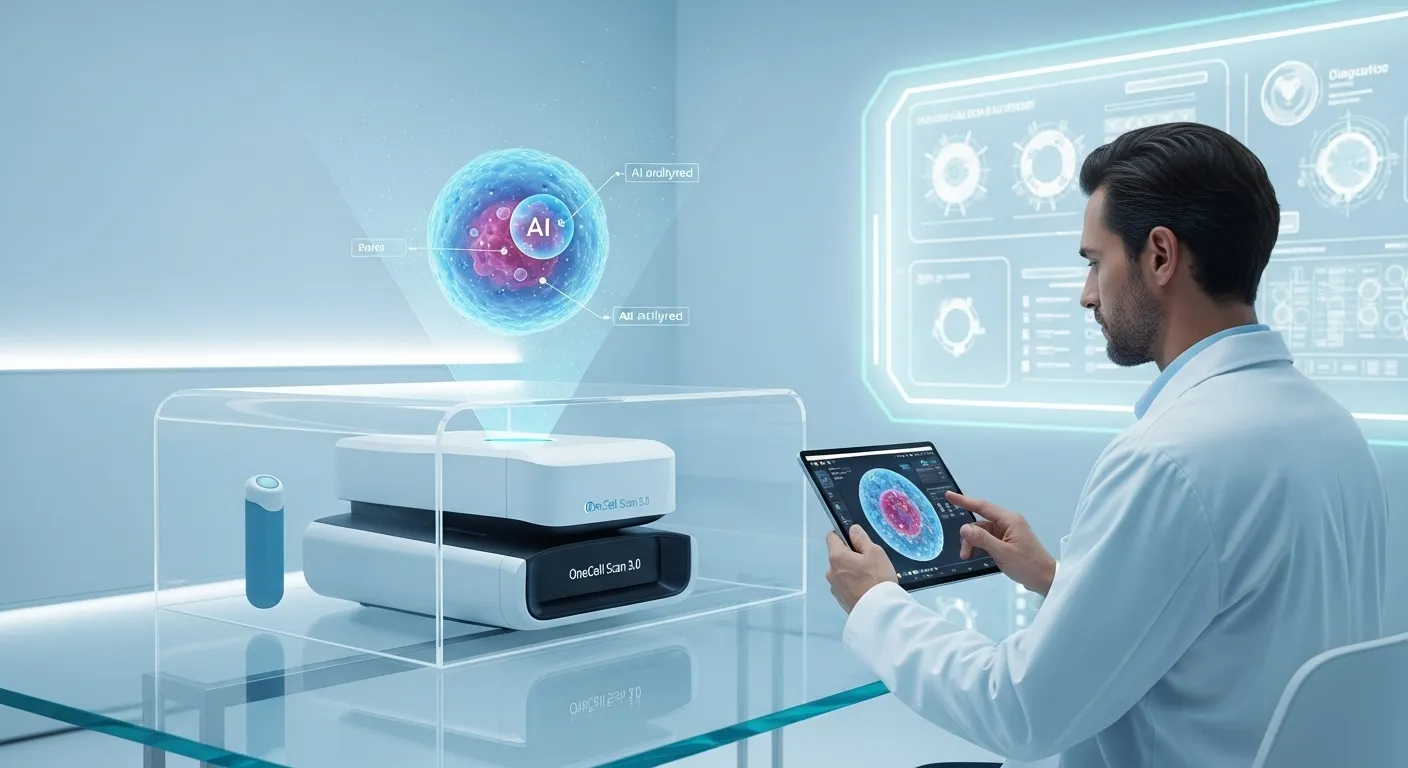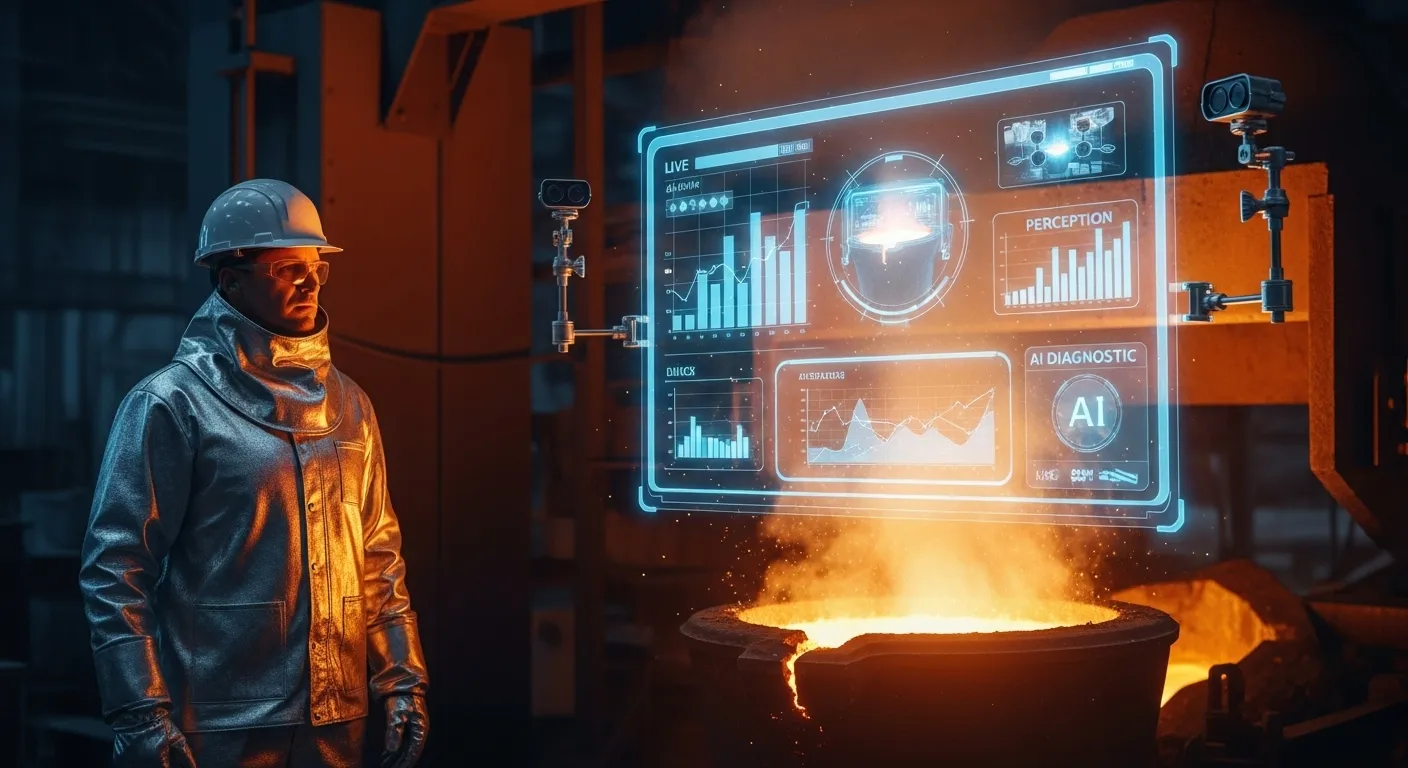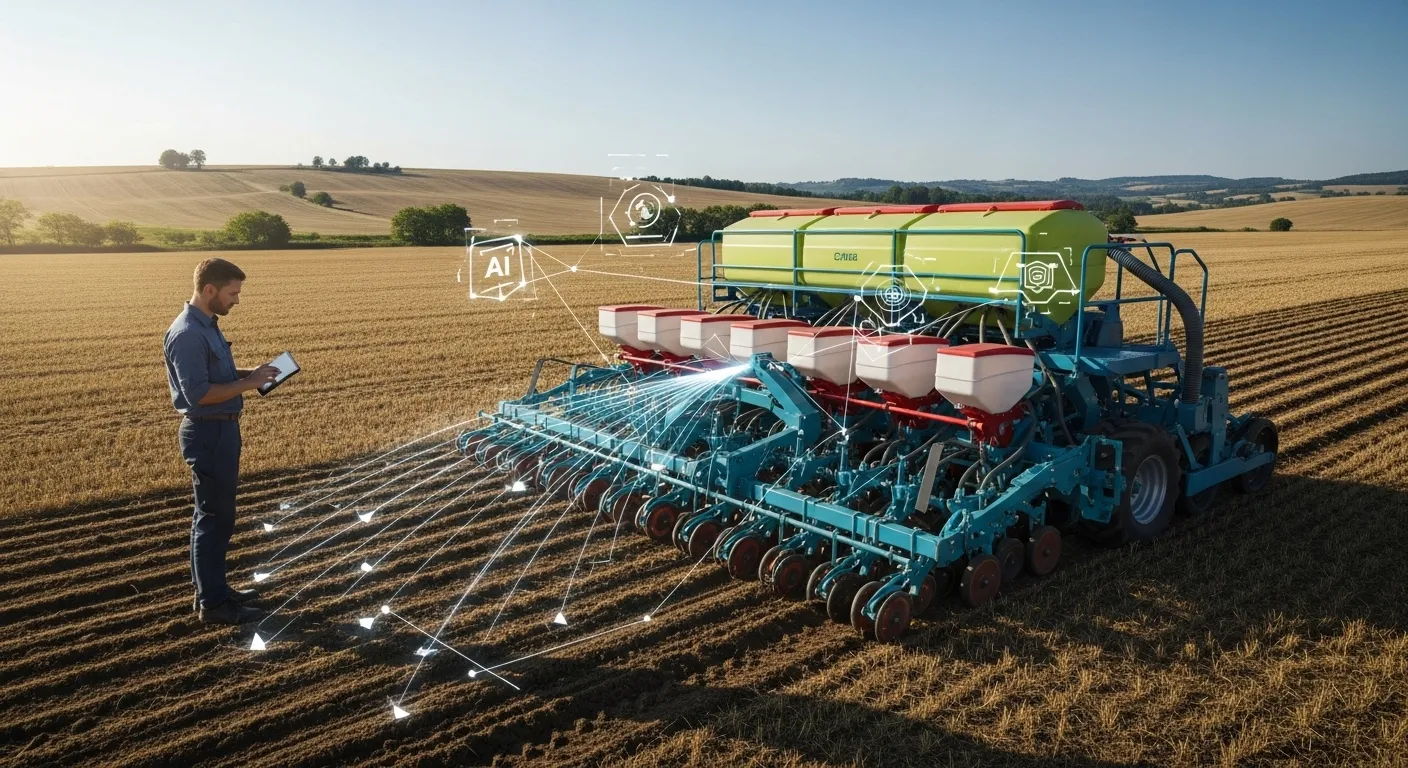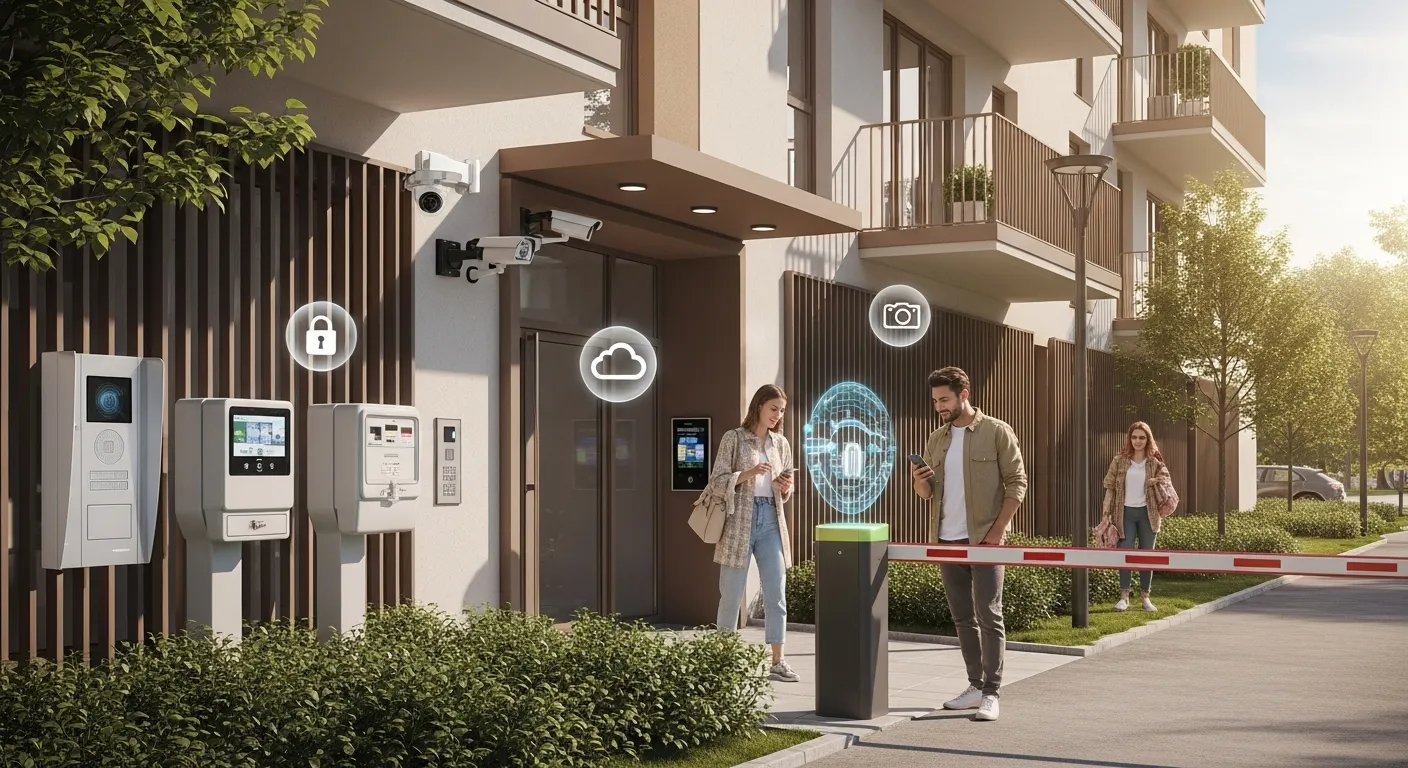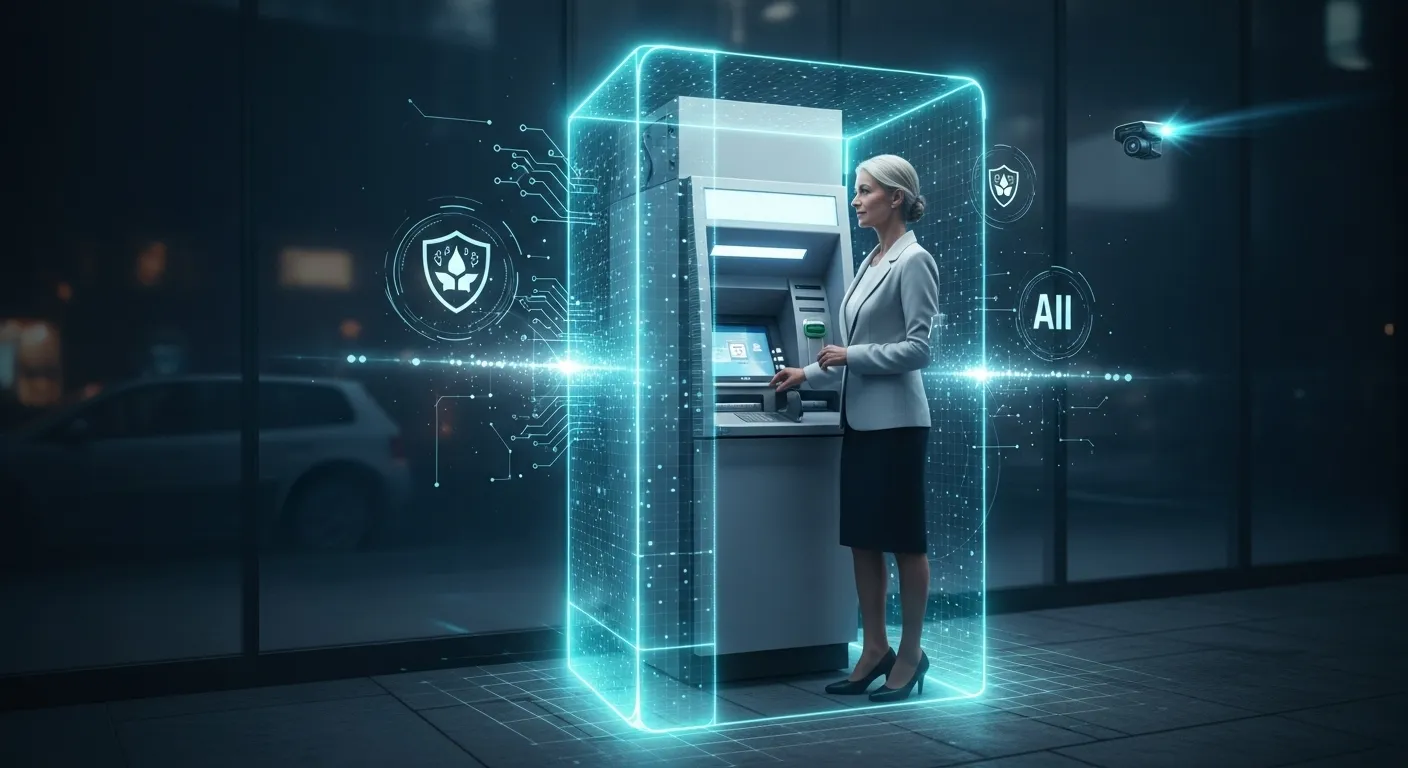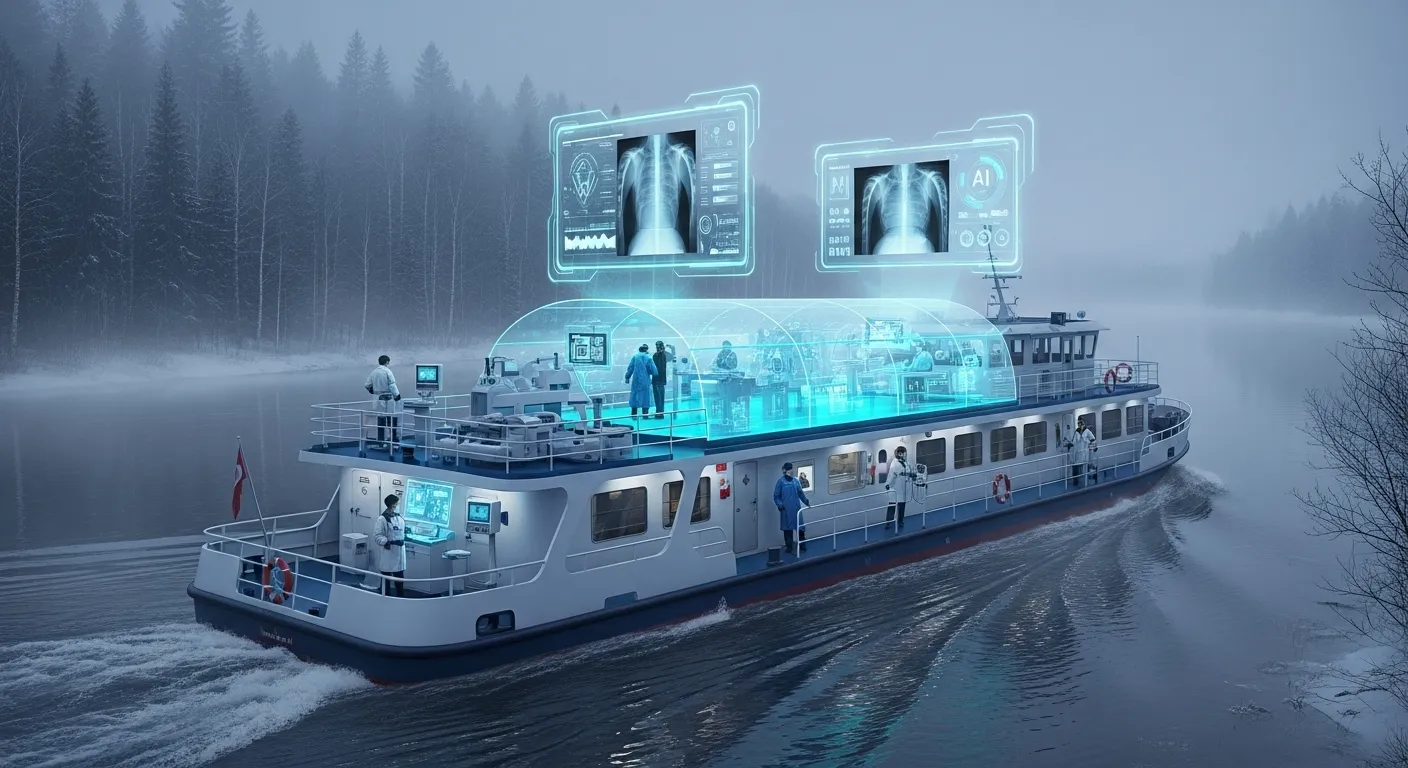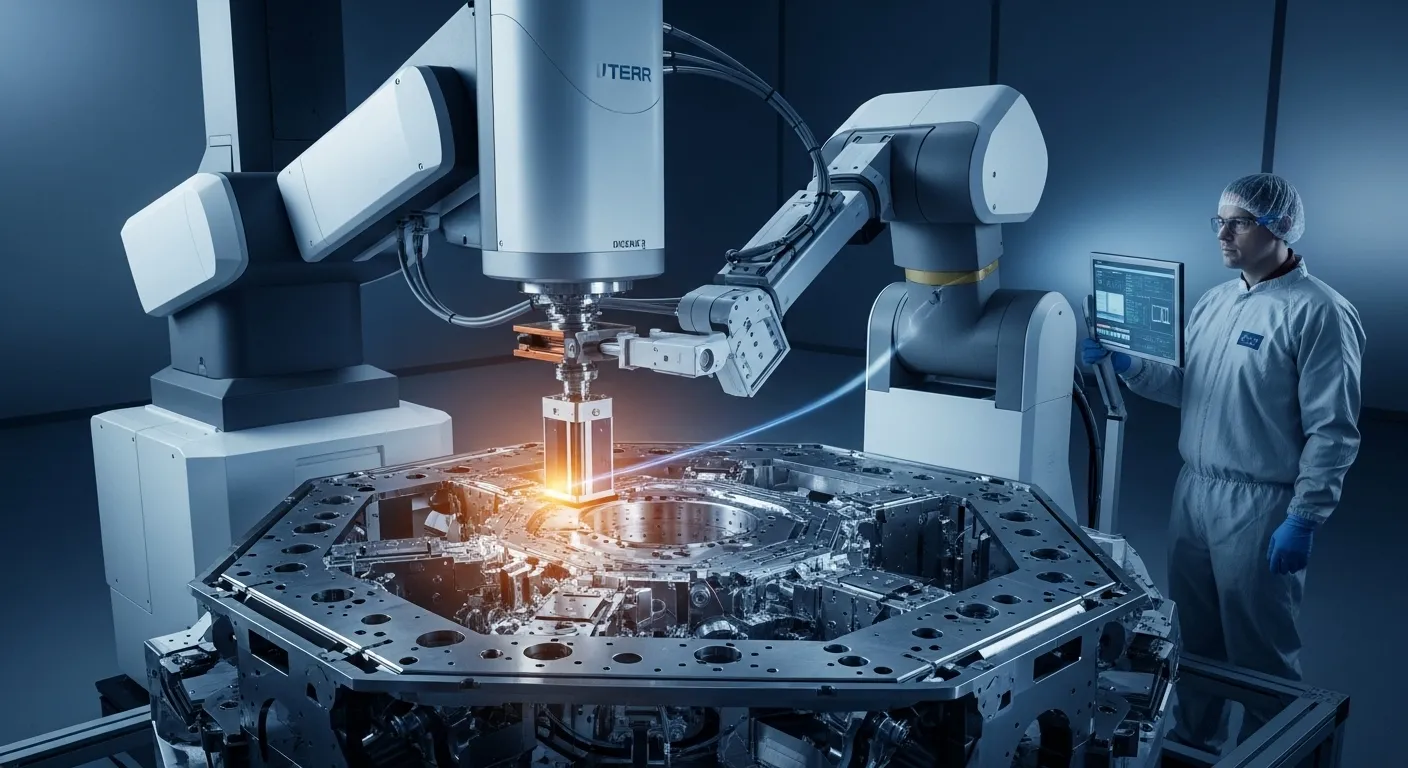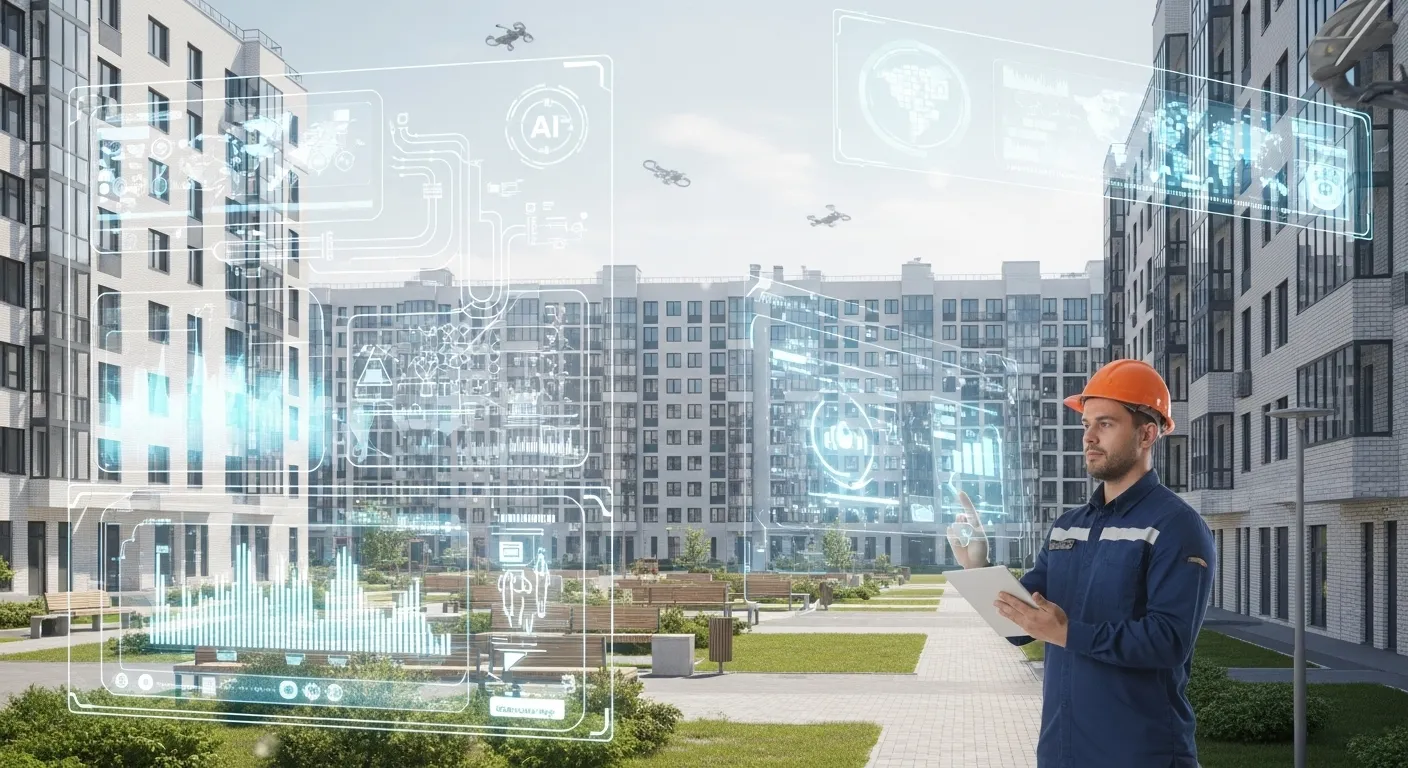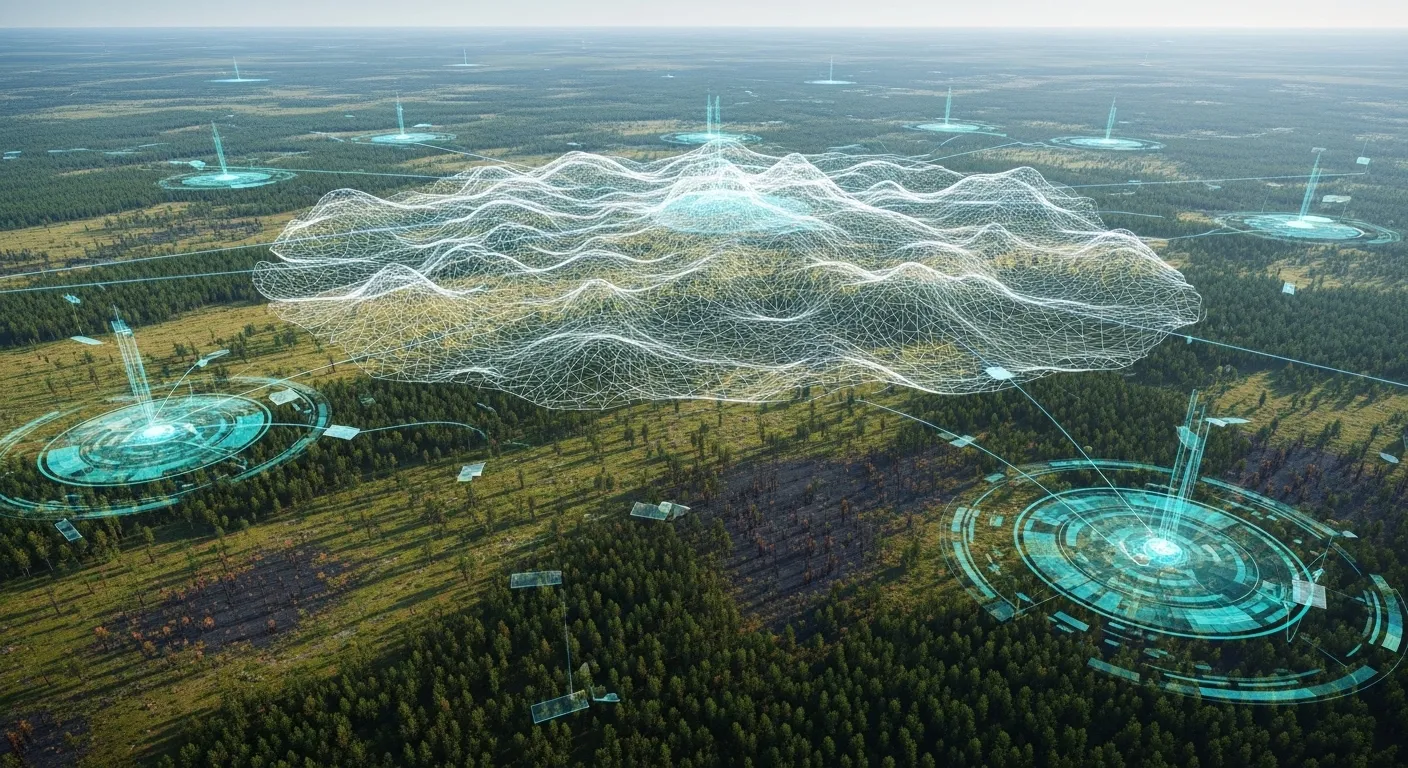Tomsk Takes the Lead: A New Tomograph for Radioactive Waste
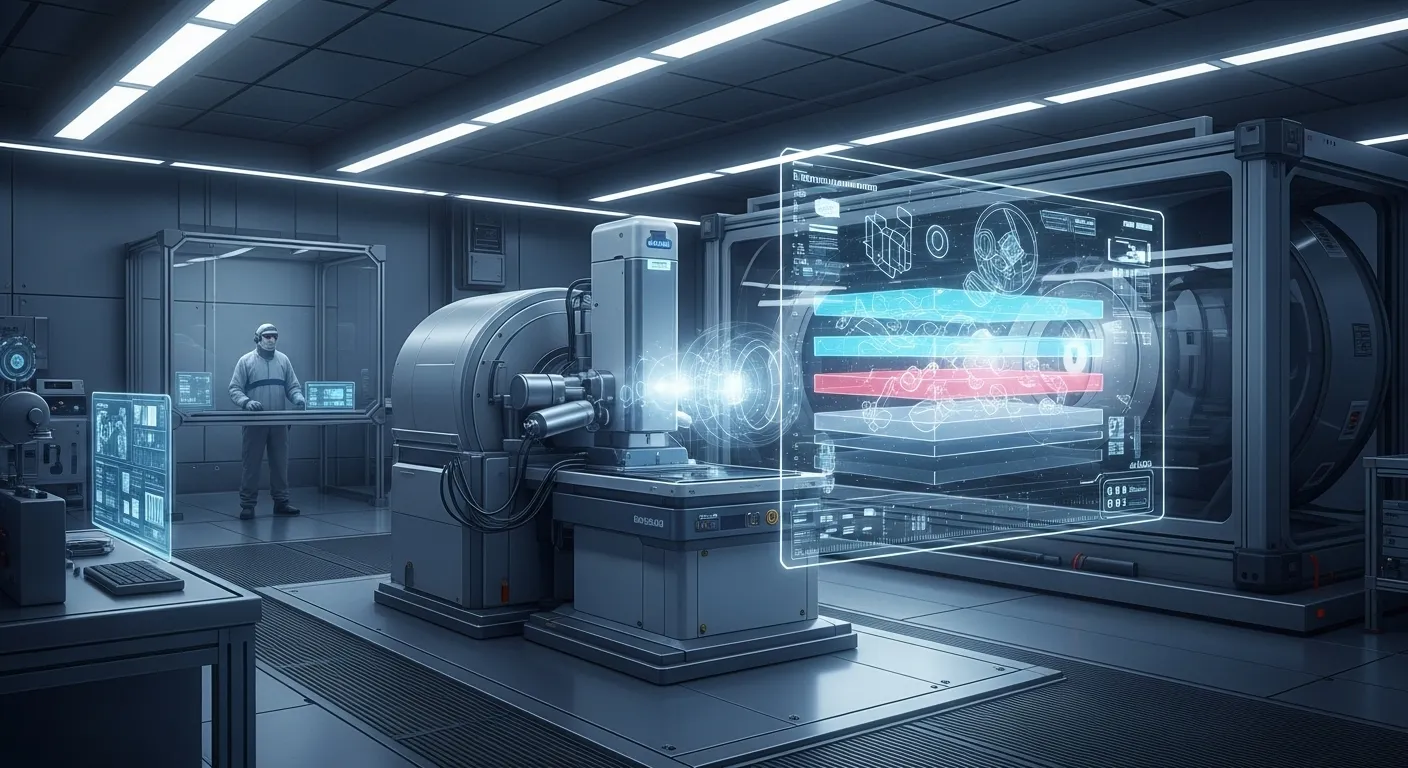
Scientists at Tomsk Polytechnic University have unveiled the world’s first remote‑analysis tomograph for radioactive waste containers, eliminating the need to open them. Developed for Rosatom, this breakthrough boosts safety, streamlines waste characterization, and paves the way for export and modernization of nuclear infrastructure
Machine Vision Enhances Safety and Efficiency
In collaboration with Rosatom and at the request of fuel producer TVEL, TPU researchers have built a non‑destructive tomograph that uses a betatron—a compact electron accelerator—to generate secondary X‑rays capable of penetrating container walls. Specialized software then reconstructs detailed images, distinguishing organic materials, metals, plastics and liquids by density and structure. “The operator remains at a safe distance, controlling every scan remotely,” notes project lead Dr. German Filippov, head of TPU’s International Laboratory for Non‑Destructive Testing. This design eliminates physical contact with radioactive substances and prevents secondary contamination.
Capable of inspecting four to five containers per shift—each in under two hours—this system dramatically outpaces traditional methods. By avoiding container openings, the technology removes key safety risks and accelerates the certification of legacy waste stocks. Under today’s stringent environmental regulations, such transparency and speed are critical, positioning Russia at the forefront of global nuclear‑waste management.
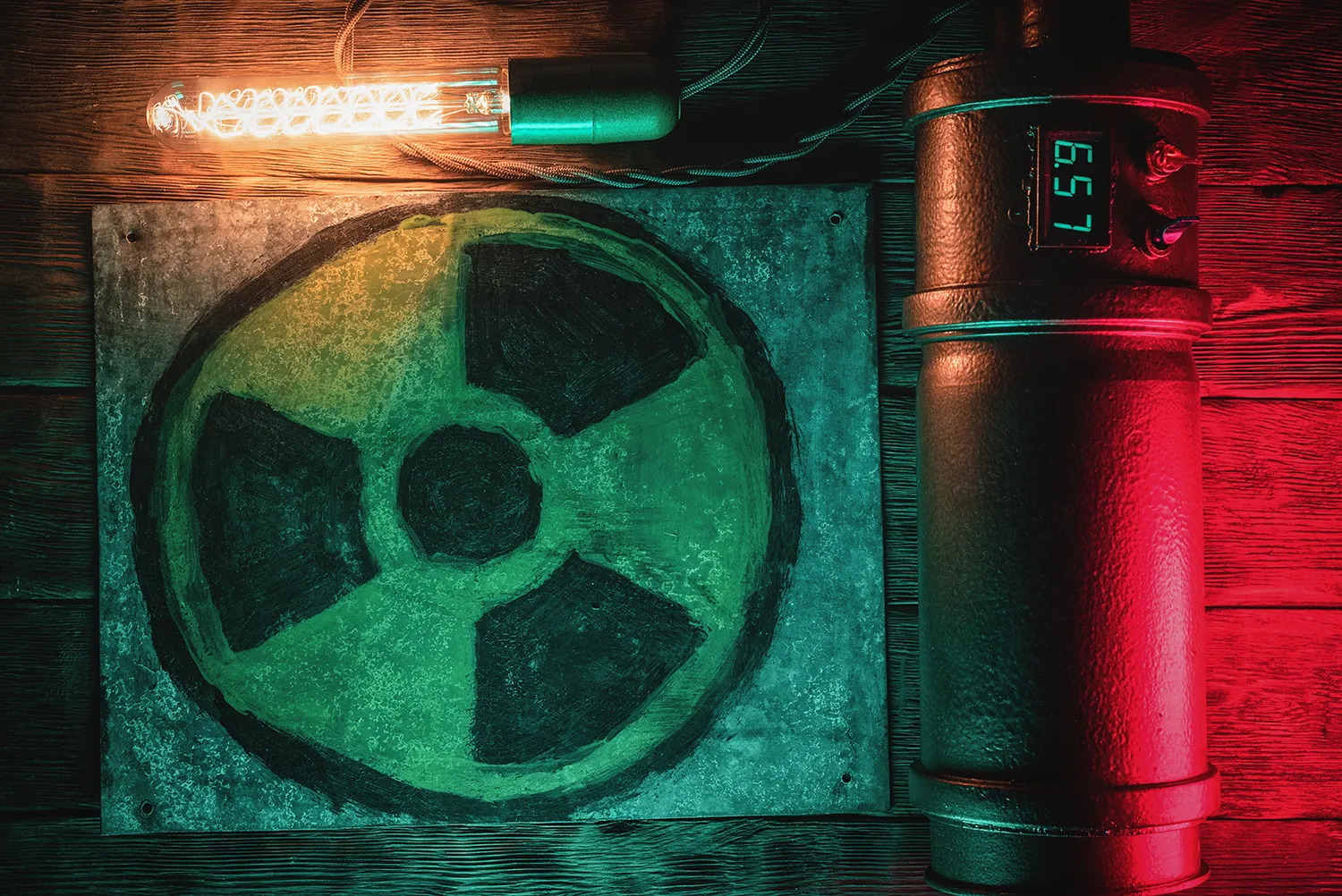
Boundless Export Potential and Environmental Impact
As international bodies like the IAEA and the European Union tighten rules on radioactive‑waste handling, demand is rising in advanced nuclear markets such as France, Japan and the United States. Adaptations for reactor facilities, waste repositories and fuel‑reprocessing sites make the TPU tomograph an attractive export offering. Emerging nuclear nations—China, India and Turkey, all Rosatom partners—have already expressed interest. Compliance with IAEA standards and tailored software certification will unlock these markets.
Domestically, the system will be deployed at key burial sites such as the Siberian Chemical Combine in Seversk, integrating with robotics and AI for automated data analysis. Beyond waste safety, the project spurs the Russian IT sector by creating roles for software developers and engineers, strengthening national technical sovereignty and reducing reliance on foreign solutions.
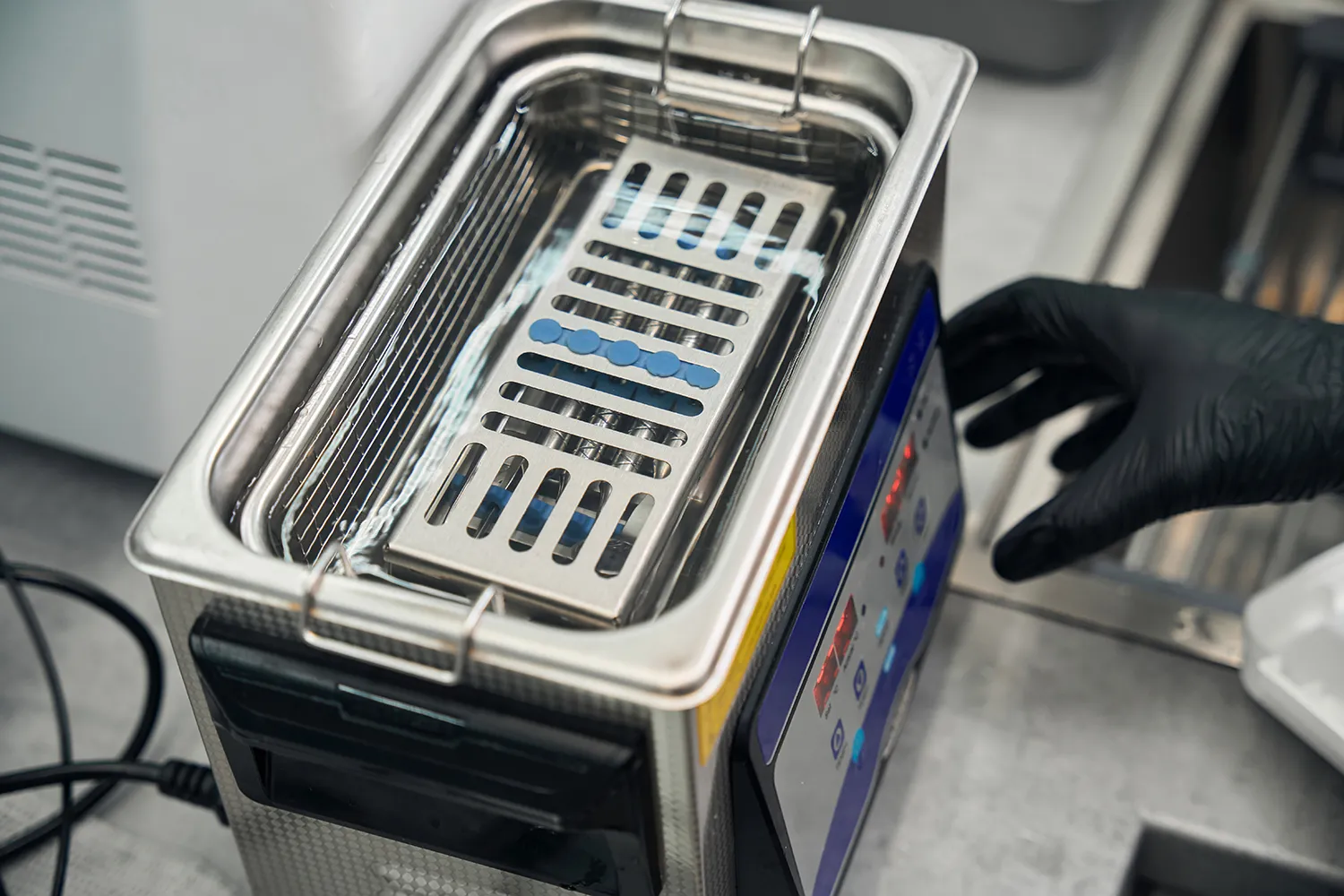
Historical Context and Future Outlook
Over the past five years Russia has advanced several non‑destructive testing technologies for radioactive waste. The Khlopin Radium Institute in St. Petersburg has refined UNEX processes for immobilizing liquid and solid wastes, while the Siberian Chemical Combine has practiced deep geological disposal since 2010. TPU itself previously introduced the mobile Radiodozor‑M radar tomograph for through‑wall human detection. Globally, IAEA support and parallel efforts in China and India underscore the strategic importance of non‑destructive controls. TPU’s new tomograph integrates cutting‑edge IT and nuclear engineering, solidifying Russia’s leadership in this field.
By late 2025 the tomograph will enter trial operation at Rosatom sites, with export negotiations and showcases—such as AtomExpo—scheduled in 2026–2027. Looking ahead, a certified series of mobile tomographs will serve IAEA‑compliant standards worldwide. This initiative not only enhances Russia’s nuclear safety and environmental stewardship but also opens robust markets for Russian IT‑powered solutions in countries building or expanding nuclear capacity.
